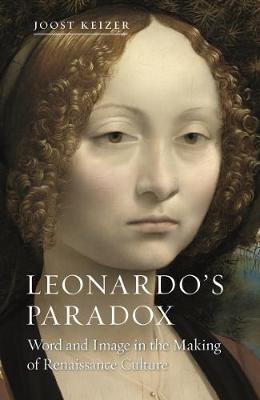Leonardo's Paradox

Leonardo's Paradox
In this book, Joost Keizer argues that the comparison between word and image fueled Leonardo's thought. The paradoxes at the heart of Leonardo's ideas and practice also defined some of Renaissance culture's central assumptions about culture and nature: that there is a look to script, that painting offered a path out of culture and back to nature, that the meaning of images emerged in comparison with words, and that the difference between image-making and writing also amounted to a difference in the experience of time.
PRP: 226.67 Lei
Acesta este Pretul Recomandat de Producator. Pretul de vanzare al produsului este afisat mai jos.
204.00Lei
204.00Lei
226.67 LeiIndisponibil
Descrierea produsului
In this book, Joost Keizer argues that the comparison between word and image fueled Leonardo's thought. The paradoxes at the heart of Leonardo's ideas and practice also defined some of Renaissance culture's central assumptions about culture and nature: that there is a look to script, that painting offered a path out of culture and back to nature, that the meaning of images emerged in comparison with words, and that the difference between image-making and writing also amounted to a difference in the experience of time.
Detaliile produsului









